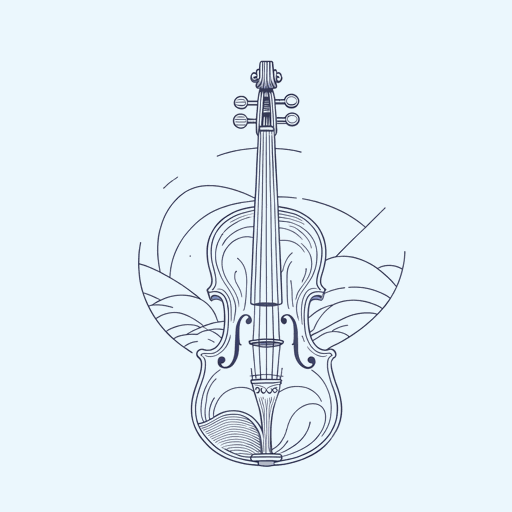90 pages • 3 hours read
Emily St. John MandelStation Eleven
Fiction | Novel | Adult | Published in 2014A modern alternative to SparkNotes and CliffsNotes, SuperSummary offers high-quality Study Guides with detailed chapter summaries and analysis of major themes, characters, and more. For select classroom titles, we also provide Teaching Guides with discussion and quiz questions to prompt student engagement.
Symbols & Motifs
Dr. Eleven
Several of the characters, events, and situations depicted in Dr. Eleven take on symbolic significance by mirroring what is occurring in the world after the collapse. Dr. Eleven and the other inhabitants of Station Eleven have left the world they know behind, just as those who survive the collapse find the world they live in utterly changed. Station Eleven, representing the survivors’ new world, is damaged, resulting in a perpetual state of twilight as well as raised oceans. A few years after the escape, people on Station Eleven disagree on a fundamental point: Dr. Eleven and those that dwell on land do not wish to risk a return to earth, while those who live in the Undersea want to go back. Similarly, some of those who survive the collapse disagree about whether it is possible or even desirable to return to a world like the one that preceded the collapse.
This leads to the creation of disparate groups in the world after the collapse, such as the Traveling Symphony and those who follow the prophet. Dr. Eleven also serves to highlight how the prophet and Kirsten are foils to each other. The prophet’s final line, “But it’s too late for that” (302), offered in response to Kirsten’s quotation of a line about going back home, reveals his identification with Dr.
Related Titles
By Emily St. John Mandel



